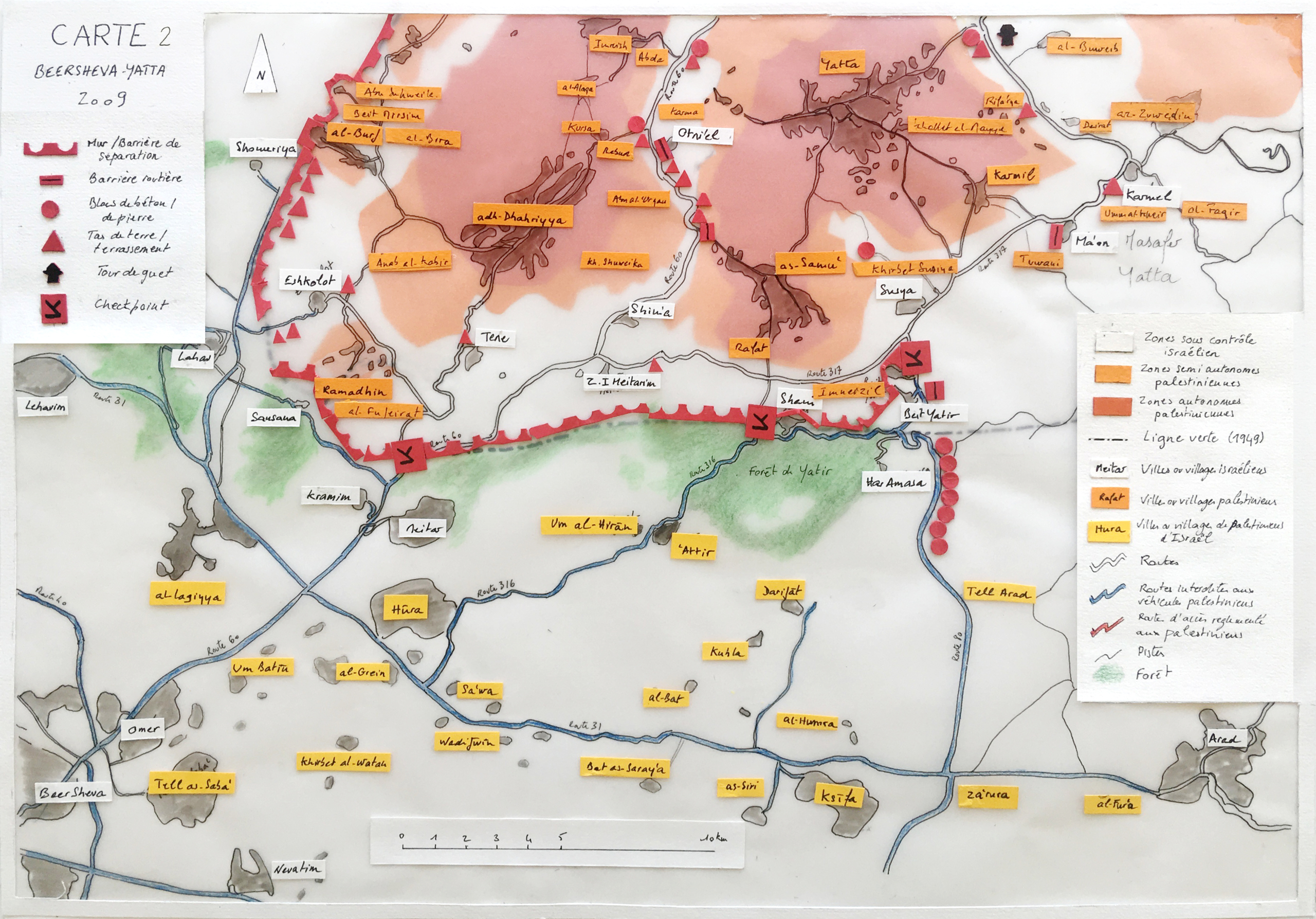
Complete points found on the surface in sector 1 (1–6), and a Jericho point made of fine-grained pink flint found lying directly on the flat limestone slabs paving the floor of the building (7)
Vient de paraître une nouvelle publication électronique sur Nahal Efe par Ferran Borrell, chercheur associé au CRFJ, Elisabetta Boaretto, Valentina Caracuta, Eli Cohen-Sasson, Ron Lavi, Ronit Lupu, Luís Teira & Jacob Vardi. Accéder au lien. The archaeological site of Nahal Efe is located in the north-eastern Negev highlands, 11km east of Dimona, close to the edge of the Judean Desert (Figure 1). The site is situated at approximately 320m asl on a moderate hillslope on the left bank of the Nahal Efe stream, a tributary of Nahal Hemar (WGS84, 31°04” 43”N and 35°09”02”E). The site was discovered during the 1990s, and, although unexcavated until the current project, it has often been treated in the literature as a PPNB site (e.g. Goring-Morris & Belfer-Cohen 2013) or base camp (e.g. Gubenko et al. 2009).





